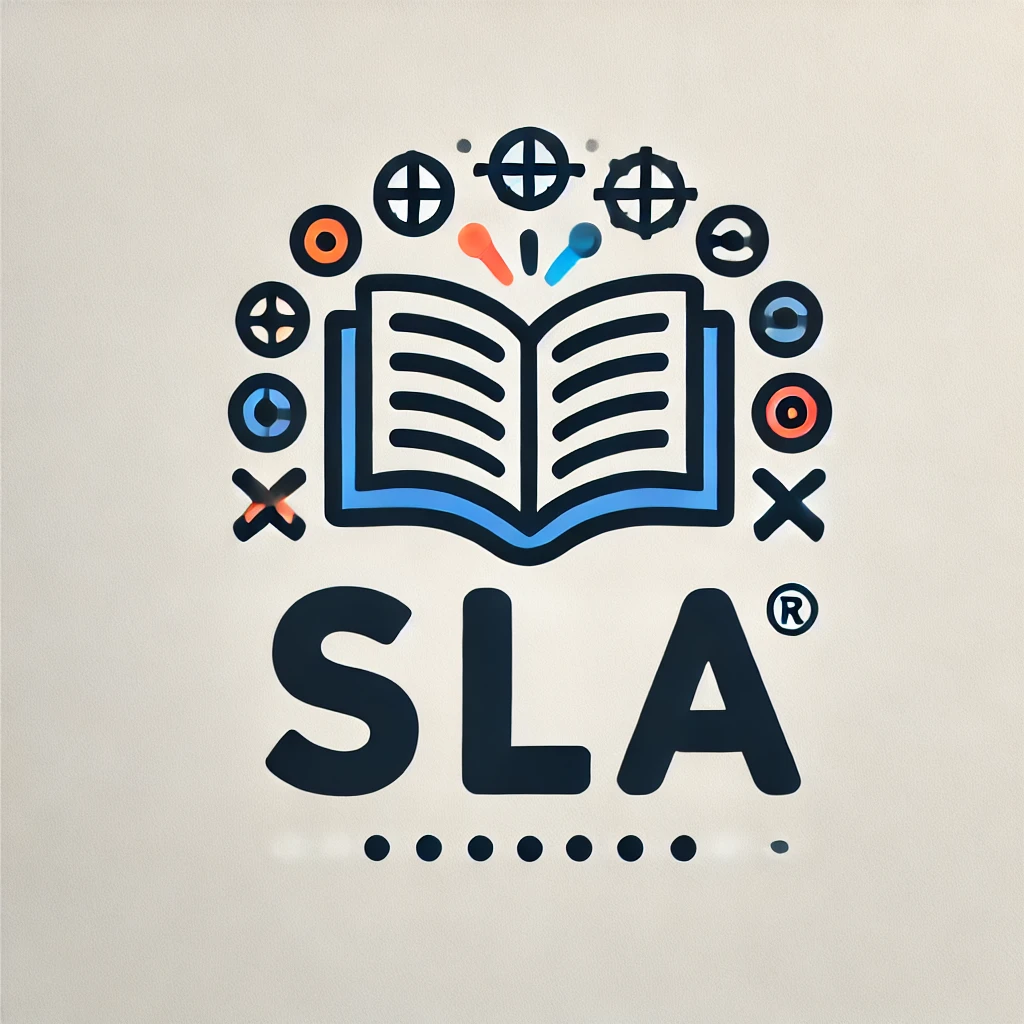Understanding Nativist and Behaviorist Theories of Language Acquisition
When it comes to theories of language acquisition, two prominent schools of thought stand out – nativist and behaviorist theories. While both aim to explain how humans acquire language, they have distinct differences in their approaches and underlying beliefs. In this article, we will explore the key differences between nativist and behaviorist theories of language acquisition.
Nativist Theory
Nativist theory, also known as innatism, posits that humans are biologically pre-wired to acquire language. This theory suggests that language acquisition is innate and universal, meaning that humans are born with the ability to learn language. Nativists believe that the human brain has a special language module that facilitates the acquisition of language.
Behaviorist Theory
On the other hand, behaviorist theory, proposed by B.F. Skinner, focuses on the role of environmental factors in language acquisition. This theory suggests that language is learned through imitation, reinforcement, and conditioning. According to behaviorists, language acquisition is a result of external stimuli and responses to those stimuli.

This image is property of images.unsplash.com.
Differences in Theoretical Foundations
The differences between nativist and behaviorist theories of language acquisition can be traced back to their theoretical foundations. Nativist theory is rooted in the belief that language acquisition is a natural process that does not require explicit instruction. According to nativists, children have an innate capacity for language learning, which is activated by exposure to language.
On the other hand, behaviorist theory emphasizes the role of environmental factors in shaping language acquisition. Behaviorists argue that language is learned through imitation and reinforcement, with children acquiring language skills by observing and imitating the language used by others around them. According to behaviorists, language learning is a result of external stimuli and responses to those stimuli.
While nativist theory focuses on the internal, biological aspects of language acquisition, behaviorist theory highlights the external, environmental influences on language learning. These differences in theoretical foundations lead to distinct approaches and interpretations of how language is acquired.
Language Development in Children
When it comes to language development in children, nativist and behaviorist theories offer contrasting perspectives. Nativist theory posits that children are born with an innate capacity for language learning, which is activated by exposure to language. This suggests that language development in children is a natural and instinctive process that unfolds spontaneously.
On the other hand, behaviorist theory argues that language development in children is shaped by environmental factors such as reinforcement and imitation. According to behaviorists, children learn language by observing and imitating the language used by others around them, with language development driven by external stimuli and responses to those stimuli.
While nativist theory emphasizes the internal, biological aspects of language development, behaviorist theory highlights the external, environmental influences on language learning in children. These contrasting perspectives offer different explanations for how language develops in children and the factors that influence language acquisition.
Language Universals vs. Variability
One of the key differences between nativist and behaviorist theories of language acquisition is their stance on language universals and variability. Nativist theory suggests that there are universal principles underlying all human languages, which are facilitated by a special language module in the brain. According to nativists, the ability to acquire language is innate and universal, with all humans sharing a common capacity for language learning.
In contrast, behaviorist theory emphasizes the variability of language acquisition across different individuals and contexts. Behaviorists argue that language learning is shaped by environmental factors, leading to variation in language development among individuals. According to behaviorists, language acquisition is influenced by external stimuli and responses to those stimuli, resulting in differences in language skills and abilities among individuals.
While nativist theory emphasizes the universal aspects of language acquisition, behaviorist theory highlights the variability and diversity of language learning experiences. These contrasting perspectives offer different explanations for the similarities and differences observed in language acquisition among individuals and across different languages.
Role of Input and Interaction
Another important difference between nativist and behaviorist theories of language acquisition is their emphasis on input and interaction. Nativist theory suggests that exposure to language is sufficient for language acquisition to occur, given that children have an innate capacity for language learning. According to nativists, the language input children receive plays a facilitative role in activating their language module and enabling language development to unfold naturally.
On the other hand, behaviorist theory highlights the importance of interaction and reinforcement in shaping language acquisition. Behaviorists argue that language learning is a result of external stimuli and responses to those stimuli, with language development being driven by imitation and reinforcement. According to behaviorists, interaction with caregivers and peers plays a crucial role in supporting and scaffolding language development in children.
While nativist theory focuses on the role of input in language acquisition, behaviorist theory emphasizes the role of interaction and reinforcement in shaping language learning. These differences in emphasis lead to distinct interpretations of how language is acquired and the factors that facilitate language development in children.

This image is property of images.unsplash.com.
Critical Period Hypothesis
The critical period hypothesis is another area where nativist and behaviorist theories of language acquisition differ. Nativist theory suggests that there is a critical period for language acquisition, during which children are most sensitive to language input and are able to acquire language most easily. According to nativists, language development is most successful when exposure to language occurs during this critical period.
In contrast, behaviorist theory downplays the importance of a critical period for language acquisition, emphasizing the role of environmental factors in shaping language learning. Behaviorists argue that language acquisition is driven by external stimuli and responses to those stimuli, with language development being influenced by interactions with caregivers and exposure to language input.
While nativist theory highlights the importance of a critical period for language acquisition, behaviorist theory suggests that language development is shaped by environmental factors and experiences throughout the lifespan. These differences in perspective lead to distinct interpretations of the role of timing and exposure in language acquisition.
Conclusion
In conclusion, nativist and behaviorist theories of language acquisition offer contrasting perspectives on how humans acquire language. Nativist theory emphasizes the innate capacity for language learning that humans possess, while behaviorist theory highlights the role of environmental factors in shaping language acquisition. The key differences between these two theories lie in their theoretical foundations, perspectives on language development in children, stances on language universals and variability, emphasis on input and interaction, and interpretations of the critical period hypothesis. By understanding these differences, we can gain insight into the complex process of language acquisition and the factors that influence how humans learn language.

This image is property of images.unsplash.com.

